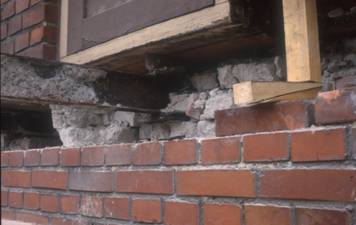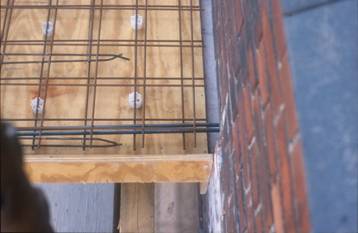

Balcony repair
1920-1960
Where there is minimal damage to the concrete, partial repairs of the surface are carried out and the waterproofing made good. Damp and water spots/signs on the underside of the balcony plate indicate leaks in the joints due to water penetration, etc. In this case, a complete waterproofing should be carried out (see below), as it is often difficult to locate small fissures.
If there are visible signs that the balcony reinforcement has corroded, the peeling concrete, cracks and joints should be examined more closely, as should the extent of the corrosion and the balcony’s drainage. Similarly, it should be established that the structure meets static load-bearing requirements and that the necessary safety requirements have been met.
All surfaces are cleaned of paint and loose plaster and the supporting iron is isolated. The surfaces are further cleaned by means of an algae remover and high-pressure washing. The exposed supporting iron is treated with a corrosion inhibitor and a new plaster coat of cement wash and reinforcement protective mortar is applied – see the manufacturer’s instructions. All surfaces that are exposed to seeping water are made watertight. Stable (e.g. elastic) joints are used on the exterior wall and facade sections, etc. The final surface treatment matches the aesthetics of the building, e.g. thin plastering and paint.
If the balcony is very damaged, the entire structure is replaced. This will also provide an opportunity for improving the insulation, as earlier balcony structures typically contain thermal bridges.
Photos: Eduard Troelsgaard A/S